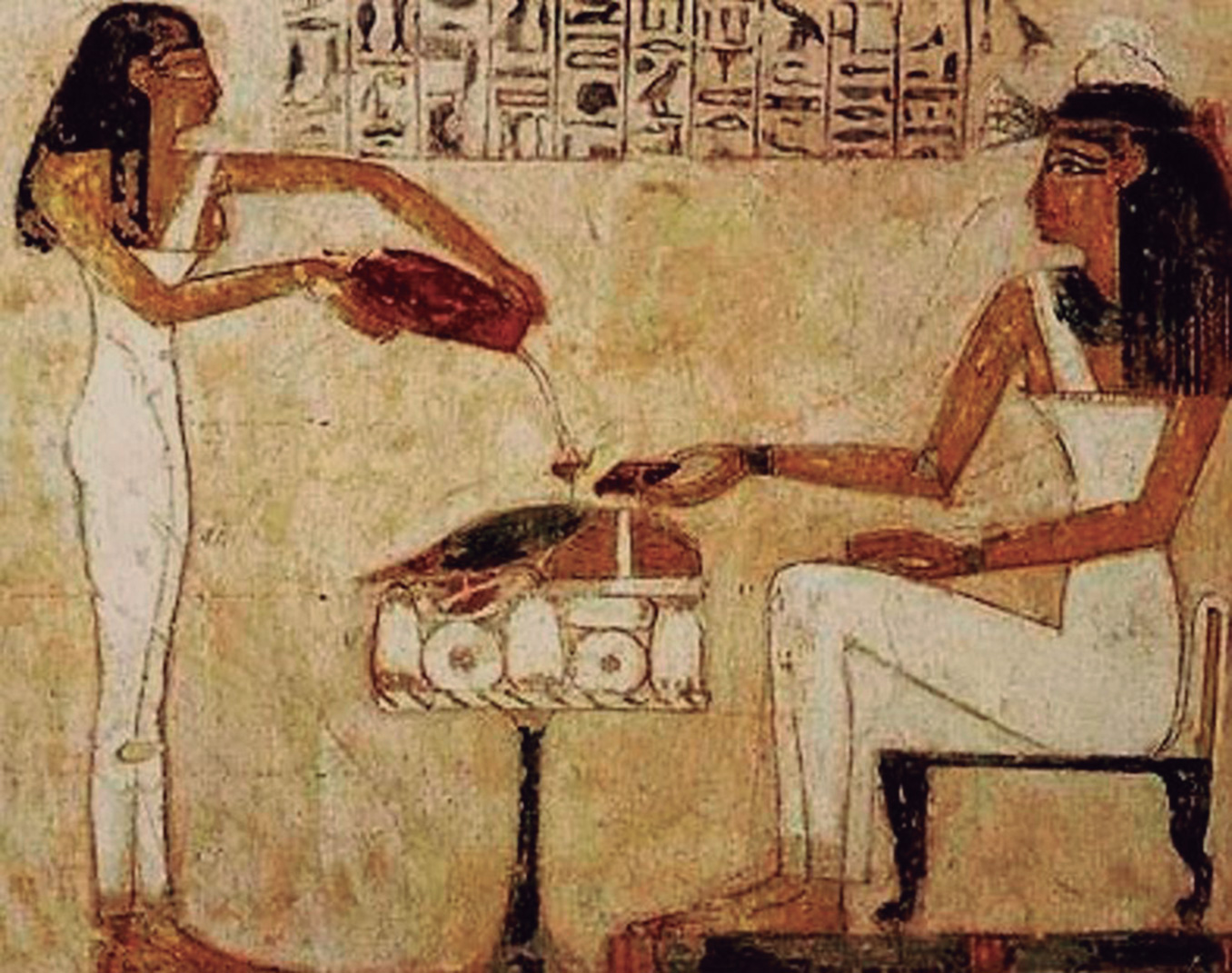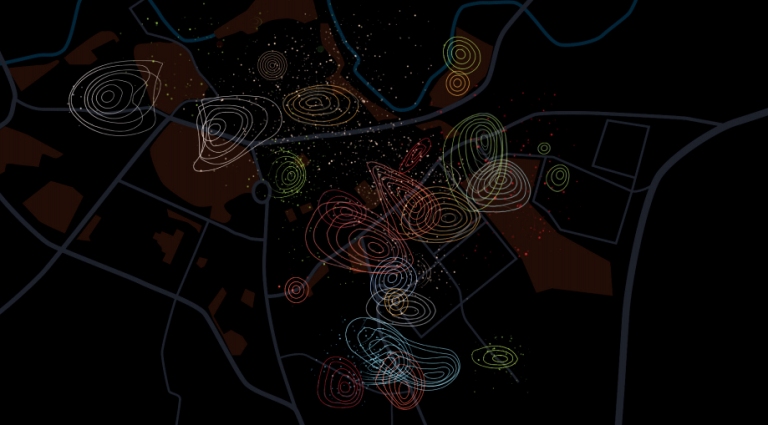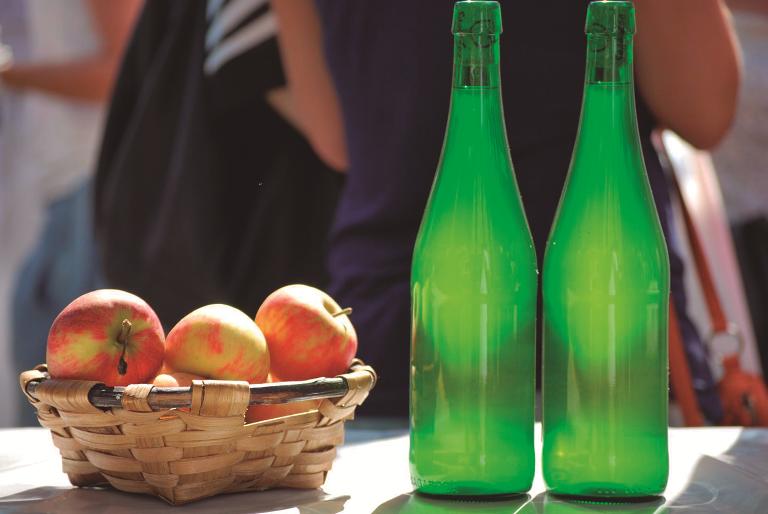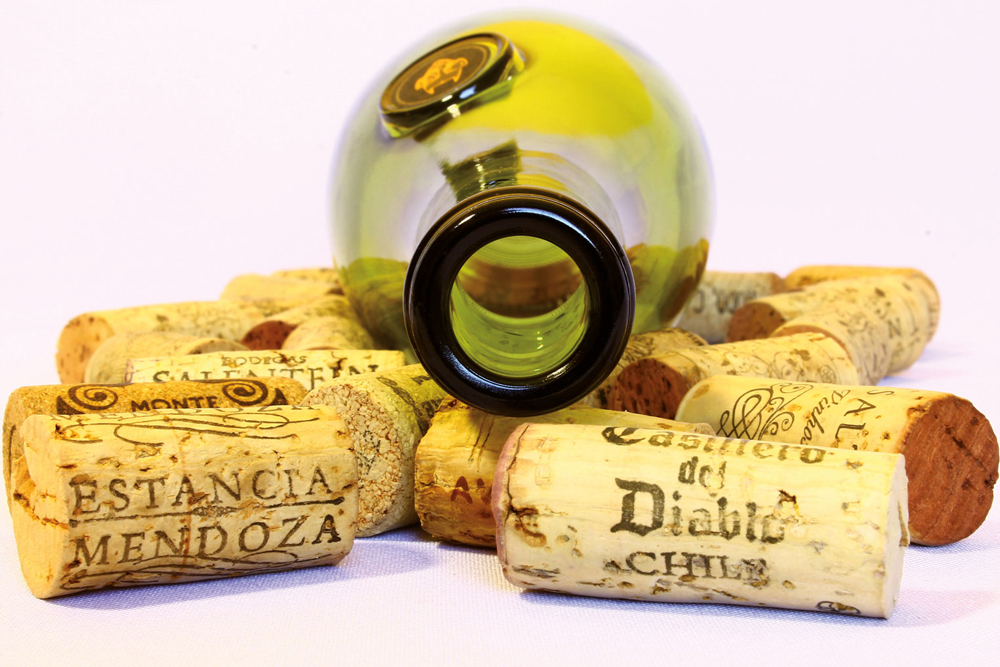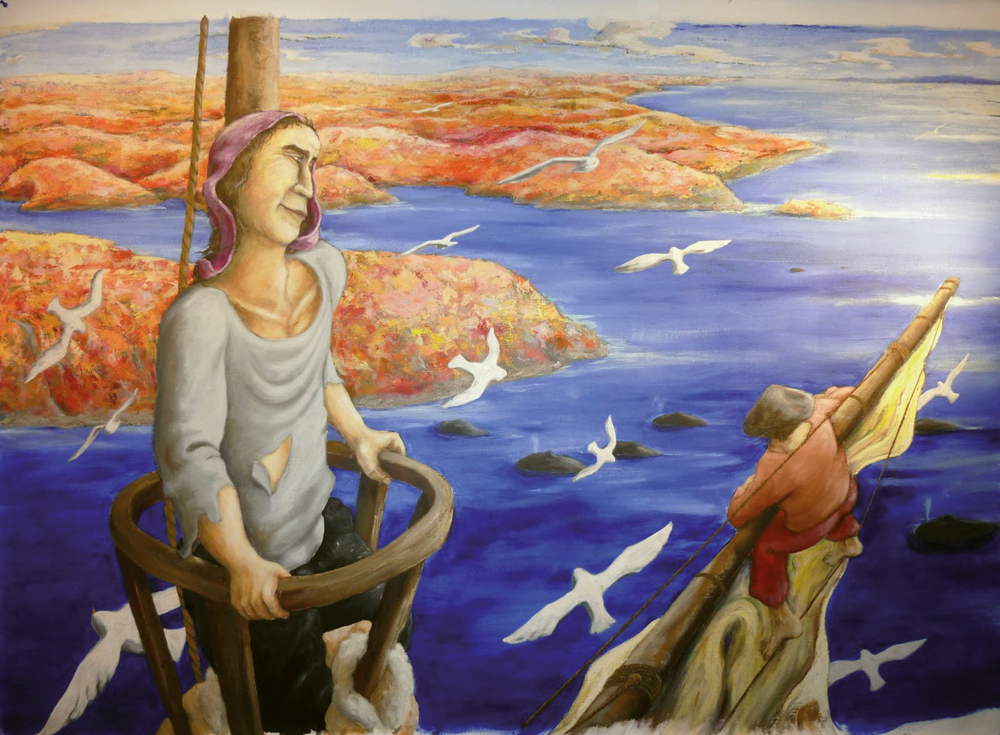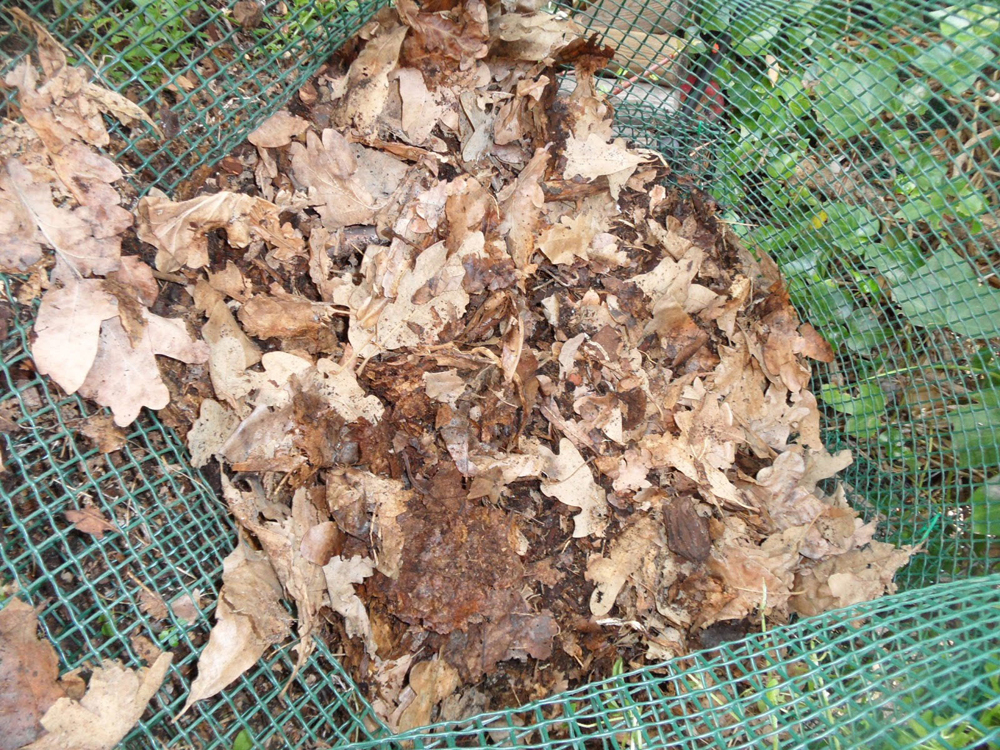Winning gentlemen

The day exceeds the night with the spring equinox. This year it happened on 20 March, at 22:59 hours, opening the door of the spring. The Eki prefix means the same thing. Until then the night had been longer. The day and night were twelve hours. Since then, the day is extended and the night is shortened. Nature evidences this. The duration of the day reinforces two things, namely brightness and temperature. The hottest times come... Those who cannot see the heat will repudiate, give flowers, fruits and seeds, and the heating enthusiasts, now that they have all given them, will grow and grow, will swell, so that in the autumn-summer there will be fruits and seeds. The two are absorbed, they are lowered.
They are already being developed for seed processing and donation. They sowed them in November or early winter. When you start cutting the day, you take the seeds and the plant wilts. July of harvest. Specimens satisfying the whole year shall be collected. It will make bread with grain. Food, I mean.
What for us will be food will be a gentleman for cattle. The gentleman is the feed given to the cattle, provided that it is made up of specimens. May be oats (Avena sativa), barley (Hordeun vulgare), rye (Secale cereale) or wheat (Triticum aestivum). In the barn, cattle are given two types of food: the gentleman or grain feed and the sarali or fodder.
Zaldale can be completed in whole grain or in small pieces. If the spicy is ground, it can be three types of meals. It will be a baga, shell or bran. Biga, rexylon, consisting of crust remnants, inner cortices and flour remnants. Nothing but flour. There is certainly something else, mixed to your liking. I do not remember who, but I have heard some say that the word gentleman means ‘zahi eta ale’.
All that's not grain is grass. Arbia (Brassica napus), beet (Beta vulgaris var. rapacea, pumpkin (cucurbita pepo), cereal straws, cured hay, maize leaf (Zea mays), maize flower, freshly sewn forage, alfalfa or luquera (Medicago sativa), ailorbea (Trigonella foenum-graecum), pagotxa (Trifolium incarnatta), etc. Saralea is in some places called the leaf adjacent to the corn head.
With spring the cattle will come out of the barn. They went out to the street, jumping and spinning. In the interior, erected and scholarly, it was full of sweetness, but the exterior, the earth that heats up, the herb that grows and the sunny environment adds another vein to it. And with delight, he jumped. In our house, the Bertol donkey was like this almost every day of the month of April, turning and rubbing its back against the ground, digging. We say he's winning gentlemen.
Time has been on our line for a long time, but the climate is relatively recent. There is no need to clarify too much what climate change is. Explaining what the landscape is is a redder necessity. Conferences, round tables or international conferences on climate change are... [+]
It's time to pick up the fruits and get them on the way to the lagar. Pear (Pyrus communis), apple (Malus x domestica), grape (Vitis vinifera)... It seems a short and quick road, but you have to work a lot of rodeos and their variants until the fruit becomes must and must become... [+]
In the Basque Country, agriculture is the history of permanent colonization. Like everywhere. Before, the land was not cultivated; before, the harvest was not sown; you enjoyed what was not eaten before. They had brought it all from elsewhere. Many of these stories have been... [+]
Returning to the wines that are made with the crops, the left madreselva (Humulus lupulus) is conservative and bitter tasting aggregator. The union of crops and madreselvas produces many dirty jets, especially in beer countries. A friend has just explained to me the stories of... [+]
In our house we met him with the name of madreselva (Humulus lupulus). In fact, we have worked hard and sinister on the banks of the river in our country, coinciding with the expansion of beer. We've learned that it's also called lobster, beer, beer, wart and grass on the left... [+]
Spring has brought the issue to my nose. C. worked at various research centers in New York. Bushdid, M. Oh! Magnasco, L.B. Vosshall and A. An article published by scientists Keller in March 2014 in the prestigious “Science Magazine” produced a great stir. The title says it... [+]
The curious interannual days end, those who eat and drink from the emanations of the earth. I'll eat from the best to the best. Supposedly. Heavy champagne and cava bottles are easy to dance. Even though they are of all kinds today, they were once the cider of the other barrel... [+]










